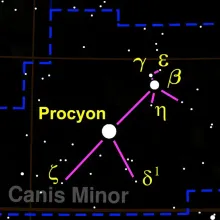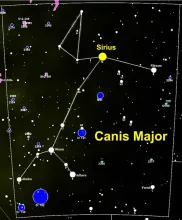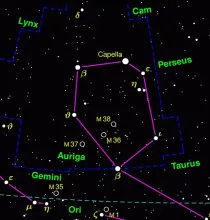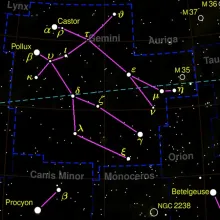Constellation Canis Minor
Canis Minor is a small constellation in the northern sky, representing one of the two dogs of Orion, the hunter. Despite its size, it is a well-known constellation due to its bright primary star, Procyon. Canis Minor is Latin for "Lesser Dog," and it is often depicted as following its larger counterpart, Canis Major, across the night sky.





